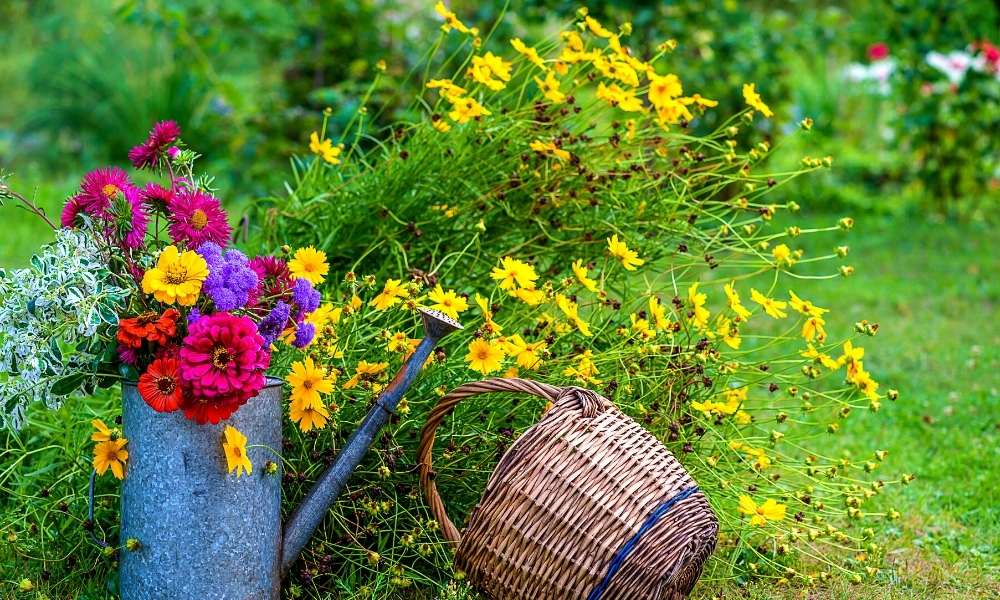Gardening is a great way to get your hands dirty and spend time outside. It’s also a great way to show your love for plants and nature. There are many ways to decorate your garden, and this article will give you some ideas. First, think about what kind of plants you want to put in your garden. Then, think about colors and styles. Next, find a good location for your garden. Finally, start planting! let’s See How to decorate a garden?
Use Ornaments as Finishing
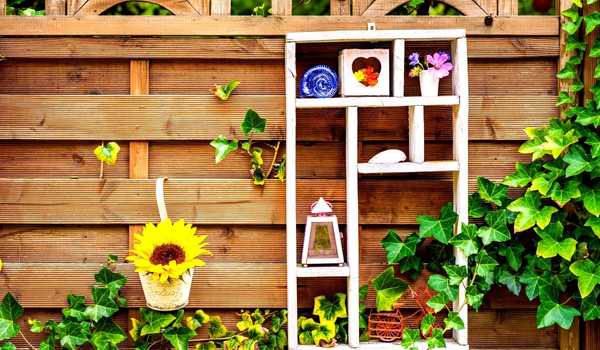
If you love the look of a brightly decorated garden, but don’t have a lot of time or money to put into it, you can use ornaments as your finishing touch. Here are some tips for decorating with ornaments:
First, decide what kind of ornaments you want to use. This can be as simple as choosing from a few classic choices like Christmas trees, Garland, and Ball Ornaments, or going more creative with things like wind chimes and pot plants. If you’re short on space, choose ornaments that can be placed on the ground rather than up in the tree.
Next, figure out where you want your ornaments to go. Consider where the sun will be shining most during the day and which areas will get the most shade.
Design for Outdoor Rooms

When planning your outdoor room, it is important to think about the climate and surroundings of your home. Designers have come up with a variety of ways to decorate gardens in order to take advantage of the different weather conditions. How to decorate a garden?
Whether you live in a temperate climate or an area that sees a lot of rain and snow, there are many ways to bring the outdoors inside. One popular way to decorate a garden is with plants and flowers that can handle wet or dry conditions. You can also add succulents, cacti, and other drought-tolerant plants that will look great regardless of the weather outside.
Another way to bring the outdoors inside is by using materials that reflect the climate where you live. If you live in an area with lots of sunlight, you might want to use light colors like yellow and tans.
Don’t Be Afraid of Patina
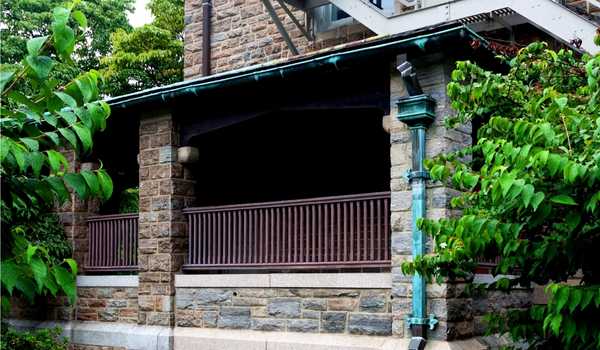
Don’t be afraid of patina. It’s an important part of garden decoration and can make your plants and flowers look more natural.
Here are some tips for using patina in your garden: How to decorate a garden?
Patina is a natural process that happens when metal corrodes. It can add character, charm, and interest to any object, including plants. There are many ways to achieve patina, but the most common is to apply it as a pigment using rust or brown paint. You can also add patina by exposing metal items to the elements (such as rain or snow). Finally, you can use a patina as an adhesive to attach objects together. Regardless of how you achieve it, all of these methods have one thing in common: patience!
Dress Up Garden Entrances
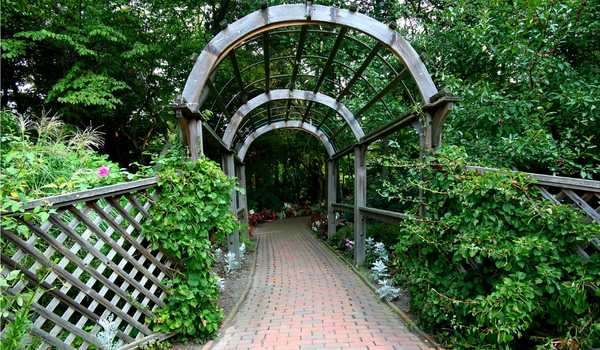
If you love spending time in your garden, you will want to make it as inviting as possible. You can do this by dressing up the entrances to your garden. Here are a few ideas to get you started:
The first step is finding the right entrance for your garden. Try choosing one that’s visible from a public road or sidewalk so passersby can see what you’ve got going on and maybe stop by for a look. If your garden is close to a street, try adding some bright flowers or plants in front of the entrance to draw attention.
Once you have chosen an entrance, take into consideration the climate in your area. For example, if it’s cool outside during the day but warm at night, add some lush plants that will flow over and around patio furniture without requiring much care (such as ivy or vine plants).
Tie Furnishings Into the Overall Scheme
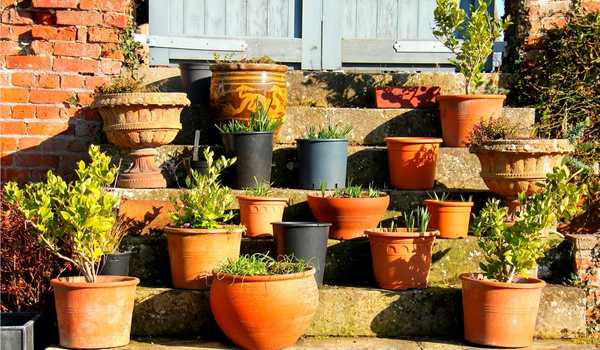
The decorative element of a garden can be as simple as a few strategically placed potted plants or as elaborately planned and executed as a formal landscape. The key to success is to tie the furnishings, flowers, and plants into an overall scheme. Consider the size and shape of your garden space, what types of plants will be in it, and what style you would like to achieve. Once you have identified the key elements, begin designing your scheme by choosing complementary pieces. For example, if you want to create an informal herb garden with brightly colored impatiens mixed in with succulents, use blue or green pots for the impatiens and brown or tan pots for the succulents.
Choose Decor Suited for The Outdoors

When it comes to decorating a garden, there are a few key things to keep in mind. First and foremost is the climate you live in. If you have mild weather, then a more traditional garden design will be best suited for you. On the other hand, if you live in an area that experiences colder winters or hotter summers, then using upcycled materials and designing your garden around plants that can survive in those conditions is a better option.
Take Lighting to Another Level
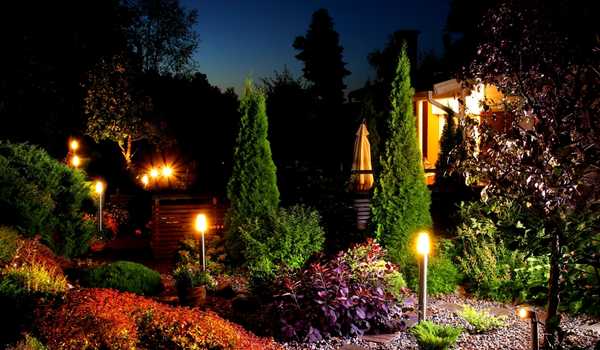
There are many ways to decorate a garden if you want to take lighting to another level.
Here are three tips:
1. Use LED lights in your garden plants and flowers. These lights last much longer than traditional incandescent bulbs, and they use less energy, so they help save on your electricity bill.
2. Purchase a landscape lighting system that features motion-activated light features such as LEDs that change color or patterns based on the time of day or weather conditions. This will add an element of surprise and delight when you enjoy your garden at night.
3. Install solar lighting systems that use panels to convert sunlight into electricity which can then be used to run lamps or lights in your garden.
Showcase Plant Collections
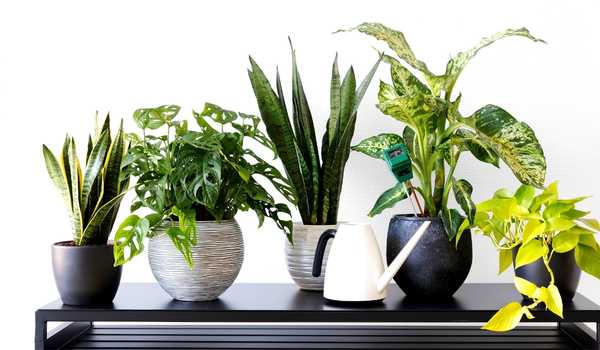
Gardening can be a fun and relaxing activity, but it can also be a challenge to come up with something different to do each season. One way to spruce up your garden is by adding plant collections. There are many different types of plants that are perfect for adding color and life to any space, so take a look at some of the best showcase gardens for inspiration!
Some plants that make great showcase specimens include ferns, irises, camellias, azaleas, and rhododendrons. Ferns in particular are versatile and can be placed in areas where moisture is important, like near a water feature or on a shady porch. Irises also make beautiful specimen plants because they produce large flowers that can last for several weeks at a time.
Embrace Unusual Displays
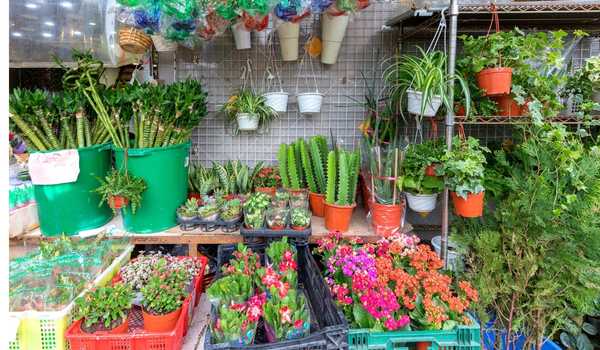
Gardening can be a relaxing and enjoyable activity, but it can also be quite simple. To make it more interesting and fun, try something new and different. Instead of planting traditional flowers in your garden, why not try growing unusual plants? There are many options available to you, so take some time to explore the possibilities.
Let Decorative Elements Play Up Sound
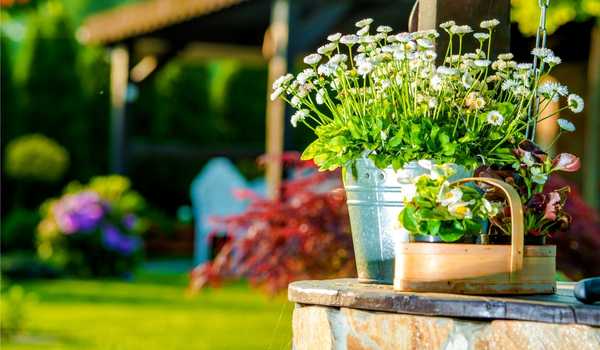
If you are looking to add a touch of sound to your garden, consider using decorative elements that play up the sounds of nature. For example, place a pond near a spot where there is often bird song, or put together a small flower bed in an area with a lot of falling water. Not only will these additions make your garden more aesthetically pleasing, but they can also add an extra layer of enjoyment as you listen to the sounds of nature around you.
Entice with Garden Scents

Gardeners have long known that the smell of flowers can attract pollinators, but recent research has found that other scents may be just as effective. In a study published in the journal Behavioural Processes, scientists assessed how gardeners responded to different smells in their gardens. Some of the scents tested included rosemary, mint, apple, and citrus. Researchers found that all of the scents were effective in attracting pollinators, with rosemary being the most successful.
Use Plants Themselves as Ornaments
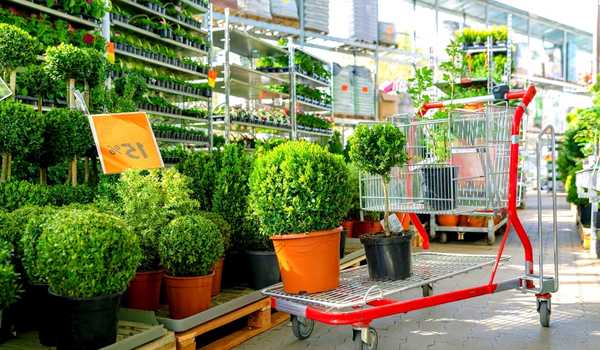
Decorate your garden with plants themselves as ornaments. By growing plants in containers or in the ground, you can create a natural and attractive garden setting. Here are some tips for creating a beautiful ornament garden:
Select plants that will thrive in your location and design. For example, if you live in an area that is warm year-round, choose perennial flowers that will bloom all season long. If you live in a temperate climate, choose winter-hardy shrubs and trees.
Choose container plants that will fit into your space. For example, fill a small pot with ferns or succulents to brighten up an empty corner of your garden or use eucalyptus or pine trees for a dramatic effect against a backdrop of blue sky.
Create layers of color by planting different kinds of flowers together.
Add Splashes of Color with Ceramics
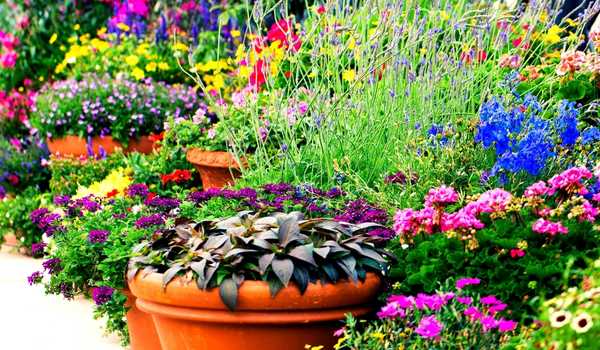
Everyone knows that a garden should be colorful, but it can be difficult to add enough variety without spending a fortune. There are many affordable and easy ways to add splashes of color to your garden without having to go overboard. One way is to use ceramic pots and planters. Ceramics is a versatile material that can be painted or stained to create a variety of looks. You can also use ceramics as rain gardens, to contain plants in areas that receive little sunlight, or to add a splash of color during the summer months when plants are not in bloom.
There are many different types of ceramic pots and planters on the market that are perfect for adding color and interest to your garden. Some examples include floral pottery, birdbaths, frog ponds, succulent containers, and more.
Repurpose Found Objects as Containers
Decorate your garden with old containers you might have to lie around the house. This is a great way to use up any extra objects and make your garden look more beautiful. Here are 8 easy steps to decorating your garden with found objects:
1. Clean and dry the container.
2. Paint or stain the container in whatever color you like.
3. Use a variety of plants in the container to add interest.
4. Hang flower pots, baskets, or other accessories from the plant stems using wire or floral tape.
5. Let nature take its course and enjoy!
Give a Garden a Lived-In Look
If your garden is in need of a little TLC, follow these tips for decorating it with lived-in looks. First, add character with plants that are well-adapted to your locale, and go for flowers that will last throughout the season. Second, choose furniture and accessories that are weather-appropriate and can be used year-round. And finally, keep an eye out for natural elements that can be added to complete the look: stones, mosses, ivy, or creeping plants. With a little effort, your garden can look like it’s been tended by a loving hand all year long!
Lend Some Historical Context
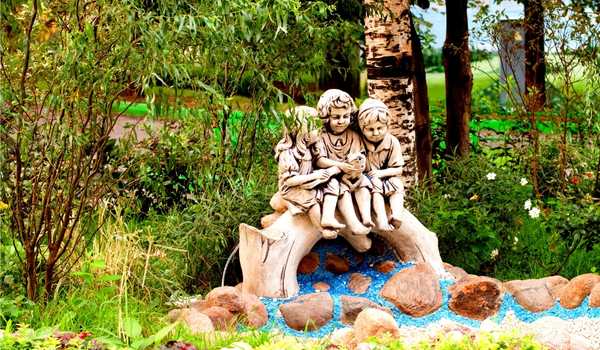
Looking to spruce up your garden, but feel overwhelmed by all the options? No need to worry! In this article, we’ll show you how to decorate a garden with a few easy tips. From choosing plants and flowers to arranging them in stylish patterns, adding some historical context will give your garden that extra pop.
In conclusion, there are many ways to decorate a garden. Here are just a few suggestions: -Add natural elements, such as flowers or trees. -Create peaceful spaces with comfortable seating. -Select vibrant colors that will liven up your garden all summer long. -Create focal points with interesting plants and statues. -Finally, don’t be afraid to get creative! There are endless ways to make your garden unique and special.

